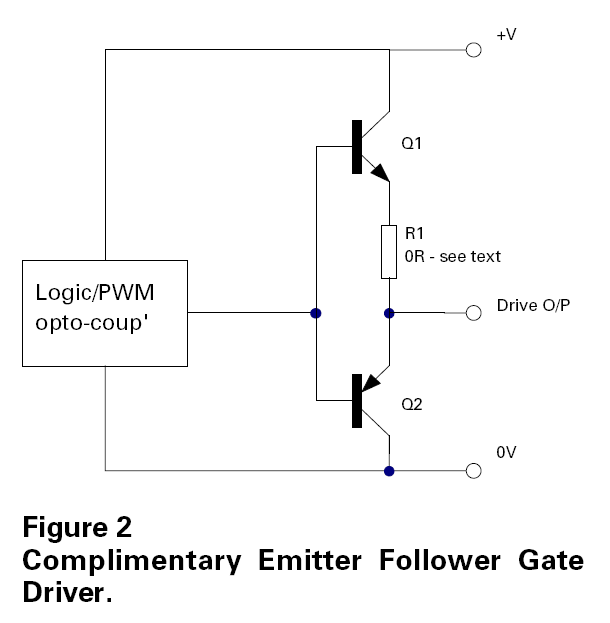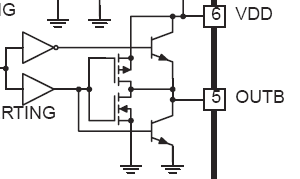Cannibal, a
TIP120 NPN transistor has a peak DC collector current of a whopping 5 amperes. It's about the size and shape of a standard 5V voltage regulator. If you need a smaller package, the BC63916 (at 1 ampere) is the most powerful one I know of in the TO-92 package.
And, yeah, it looks like you have the NPN wired wrong. As the name implies, it's Negative-Positive-Negative, so the leads on both sides should be negative, and the lead in the middle should be positive.
For a high-output PNP, you could try a
KSA940 (1.5 A) or a
BD242 (3A).
As for the second diagram, you're not planning on two separate battery packs, are you? Two 14500 li-ions is more than enough to run the whole thing. You would just wire them in parallel, and put a 5V voltage regulator between the battery pack and the Hasbro board.
P.S.: That's a bummer about Eandori, J-Lo. I have great respect for him. I hope he'll find his way back here eventually.








 Reply With Quote
Reply With Quote










Bookmarks